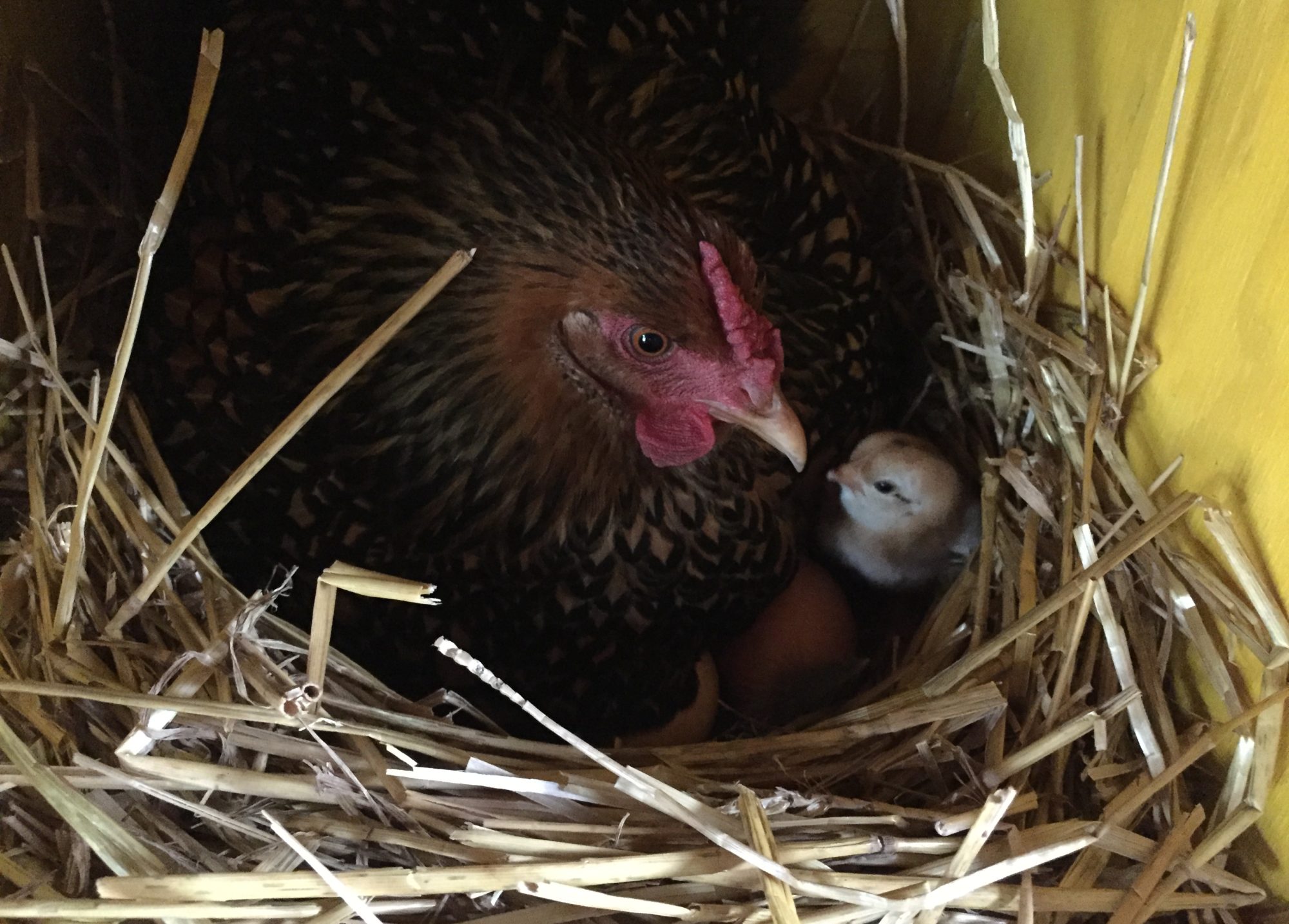What I’m about to say, you intuitively won’t believe. Here goes: In Ohio, our flock will lay the least amount of eggs around Thanksgiving (late November). See, you’re already saying that can’t be right. You’re thinking the Winter Solstice (shortest daylight day of the year) isn’t for another month (around 21 December), and we haven’t even gotten to the coldest months of the year, January and February. But it’s true.
When raising livestock, including chickens, it’s important to let the animals tell you their nature, and not make it up. People say and post a lot of statements online about chickens that they either make up or they heard from someone else that made it up. We fall victim to it because it sounds about right, or we compare humans to animals. Like “You need at least 12 hours of daylight for a hen to lay an egg”. We get eggs all winter, just not as many as in spring. Or how about “If I’m cold, they’re cold”. Chickens are built to survive most winters, just keep them dry and out of the wind.
So back to the egg laying. We let our flock teach us. We have a mature flock of between 350 to 500 chickens (it varies throughout the year). By mature, we mean we have some new layers, old hens, and all ages in between. We have been keeping data of their egg production for nearly 3 years. And every year, the curve looks the same. It hits bottom right around Thanksgiving.

If you have a small flock with only new layers, or only old hens that are the same age, your curve will probably look different. First year hens produce very well right through winter. After each year, a hen’s production decreases by about 20%, and mostly in the colder months. If fact, most egg farms retire their hens after the first year of production (except “retire” means something very different!). In the fall of a hen’s second year, they go through molt, which means they lose old worn-out feathers and grow new ones for winter. Feathers and eggs are made of protein, so their body stops egg production in favor of growing feathers.
Molt affects all hens differently, but can take 2 weeks to 2 months. Some chicken owners with small older flocks report that they get their last egg in early fall, and don’t see another one until spring. Molt is over around Thanksgiving (the low egg production point). Since our flock is a mix of ages, the younger hens carry us through winter. As daylight increases after Christmas, the older hens notice and start to occasionally lay. From the chart, you can see how production increases significantly starting in the coldest months of the year, January and February.
You’ll notice this year’s line (Green) gets flat starting in October. We tried something different during molt. We changed their feed to a high protein blend of 28% vs. 16%. The results were pleasing. Not only did it help regrow their feathers faster, but the egg production curve almost stayed steady. So much so that the extra production more than paid for the additional feed cost.

By the way, here is another tip: when the weather is cold, give your hens whole corn just before sundown. Whole corn has more nutrition than cracked corn, but either one will work. Corn is low in protein (5-8%), but high in carbs and calories. A chicken metabolizes its food about 6 hours after eating. So corn will help a hen stay warm in the middle of the night, leaving her body with more energy to produce eggs. Just don’t overdo it. Corn should be a snack, not their primary diet.
So if you are disappointed that your flock is on strike and made you buy eggs from the store, it’s almost over. By January, you should start to notice them coming back strong and filling your basket with delicious eggs!


